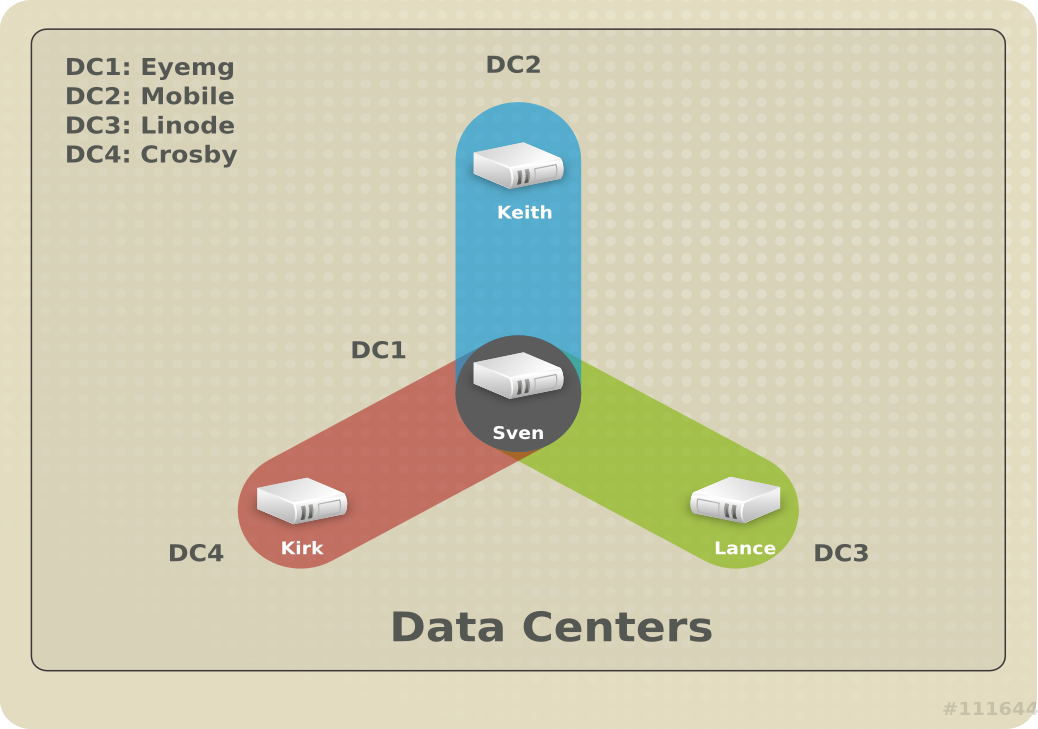Background If you’ve searched google to figure out how to install Docker-CE on RHEL 8, you may have been led to this very popular article: LinuxConfig.org: How to Install Docker on RHEL 8. If you’d read closely, you might have read a false statement which says, “What version to install? Well, Red Hat seems to
Tag: RHEL
Setting Up RHEL 8 on Linode
Background I have used Linode for about 10 years now because the service and price are great. They are one of the most automated cloud providers and they invest in tools to do things like resizing existing VMs. It’s super useful for lab environments and experiments. As such, I wanted to use Linode for my
Everything You Need to Know About Red Hat Universal Base Image
This is a links article that I plan on keeping up to date over the coming months as we create more and more content on Red Hat Universal Base Image. This should be a one stop shop for understanding how to use it. What/Why Introducing the Red Hat Universal Base Image (UBI) – Scott McCarty
Continue Reading “Everything You Need to Know About Red Hat Universal Base Image”
Where’s The Red Hat Universal Base Image Dockerfile?
So, you’re looking for the Dockerfile used to create the Red Hat Universal Base Image (UBI)? Since it’s release this has become a very popular question. The first time somebody asked me, I literally froze. It made no sense to me and for a split second I even second guessed my own knowledge of how
Continue Reading “Where’s The Red Hat Universal Base Image Dockerfile?”
Hacker’s Guide to Installing OpenShift Container Platform 3.9

Background My problem, like most technologists, is that I only have a slice of my time to dedicate toward acquiring and maintaining knowledge about any given technology, product, project, tool, platform, etc. Split that with the fact that almost every CIO is preaching that we, as technologists, need to be closer to the business,
Continue Reading “Hacker’s Guide to Installing OpenShift Container Platform 3.9”
Building an OpenShift Lab: Why I Used Atomic Host

RHEL Atomic Host requires a lot less configuration than a full RHEL Server installation. The docker daemon is installed and configured, storage is already setup to use device mapper on a dedicated LV, and the default tools necessary to install OpenShift are already installed. And as a bonus, the installation on my laptop in KVM virtual machines is about 10X as fast as installing a full RHEL installation.
Continue Reading “Building an OpenShift Lab: Why I Used Atomic Host”
Documenting the Experience: Moving Crunchtools to Containers/OpenShift: Part 1

Background Last week, I was in Westford, MA for an engineering meeting. I was chatting with one of our Base Runtime engineers Petr Sabata, and an interesting subject came up. He joked, “I understand containers, I know how to use them, but I still haven’t converted any of *my* services to containers.” This got me
Continue Reading “Documenting the Experience: Moving Crunchtools to Containers/OpenShift: Part 1”
Core Builds in the Age of Service

Background As legacy applications are redesigned for the cloud, they are converted to run in a stateless manner. In newly designed applications, data flows between application code, messaging infrastructure, caches and databases seamlessly even during individual node failures of any one subsystem. When an active node fails, a new one is instantiated and placed back
A Practical Introduction to the Docker Registry Server
Background One of the key advantages of using Docker is it’s centralized image management server, called a Registry Server. The Docker project, as well as Red Hat, maintain public registry servers which host supported images. The Docker project also provides an Open Source version of the Registry server which can be deployed on premise in
Continue Reading “A Practical Introduction to the Docker Registry Server”
Deep Dive: Rebasing vs. Backporting
Background Impetus Recently, I saw a discussion was started, asking about the importance of the operating system on the LinkedIn OpenStack group: Ubuntu can overtake Red Hat in private clouds because the OS doesn’t really matter I found the conversation wildly interesting because several people expressed reasons for why they think the operating system does